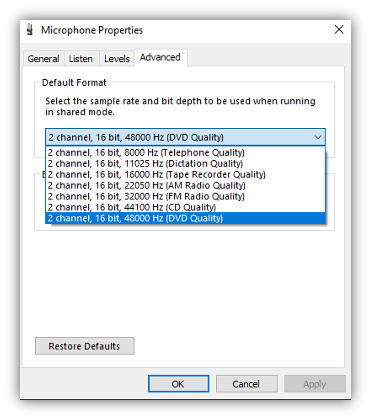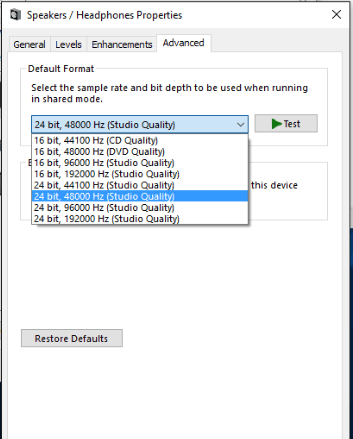
For example, if the sampling rate is 8000 Hz, it’s not enough that there be 8000 samples sampled during a second they must be taken at exactly 1/8000 of a second apart. It’s very important to note that these samples are taken at temporally equispaced instants in a second. An audio sample is just a number representing the measured acoustic wave value at a specific point in time.

It is measured in samples per second or Hertz (abbreviated as Hz or kHz, with one kHz being 1000 Hz). The sampling rate refers to the number of samples of audio recorded every second. What exactly is the sampling rate of an audio file? Some of the values you might have come across are 8kHz, 44.1kHz, and 48kHz. The first term we often hear about is the sampling rate or sampling frequency, which both refer to the same thing. For the rest of this post, we’ll assume that we are dealing with only one channel of uncompressed audio. To that end, I wanted to talk about some of these terms, describe what they are, and showcase what they mean for the quality of an audio recording or stream. I used to be one of those people before I had to work on audio processing.

When it comes to audio processing, there is a lot of terminology that most people have heard before but do not really understand. But what exactly do these audio codecs do in terms of compression, and what determines the quality of an audio file in the first place? In a previous blog post, Rahul talked about audio codecs and transcoding, some of which “compress” audio in order to save storage space.


 0 kommentar(er)
0 kommentar(er)
